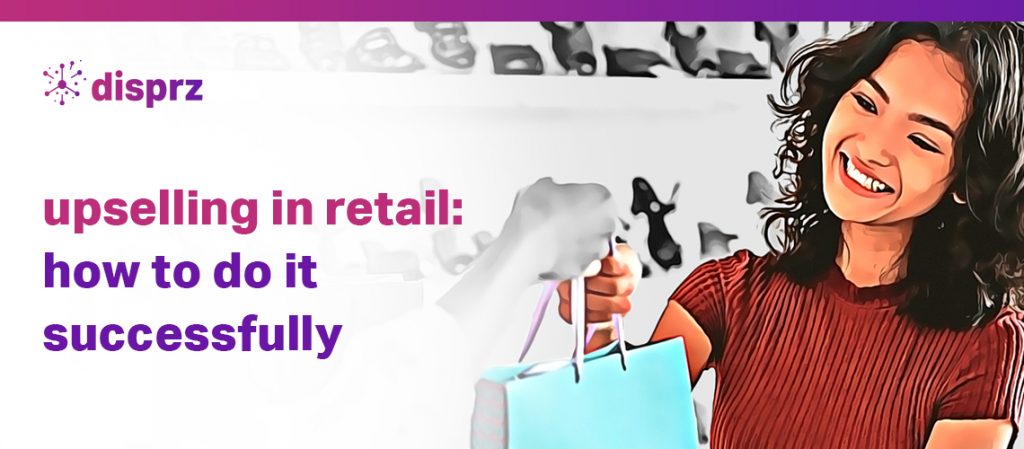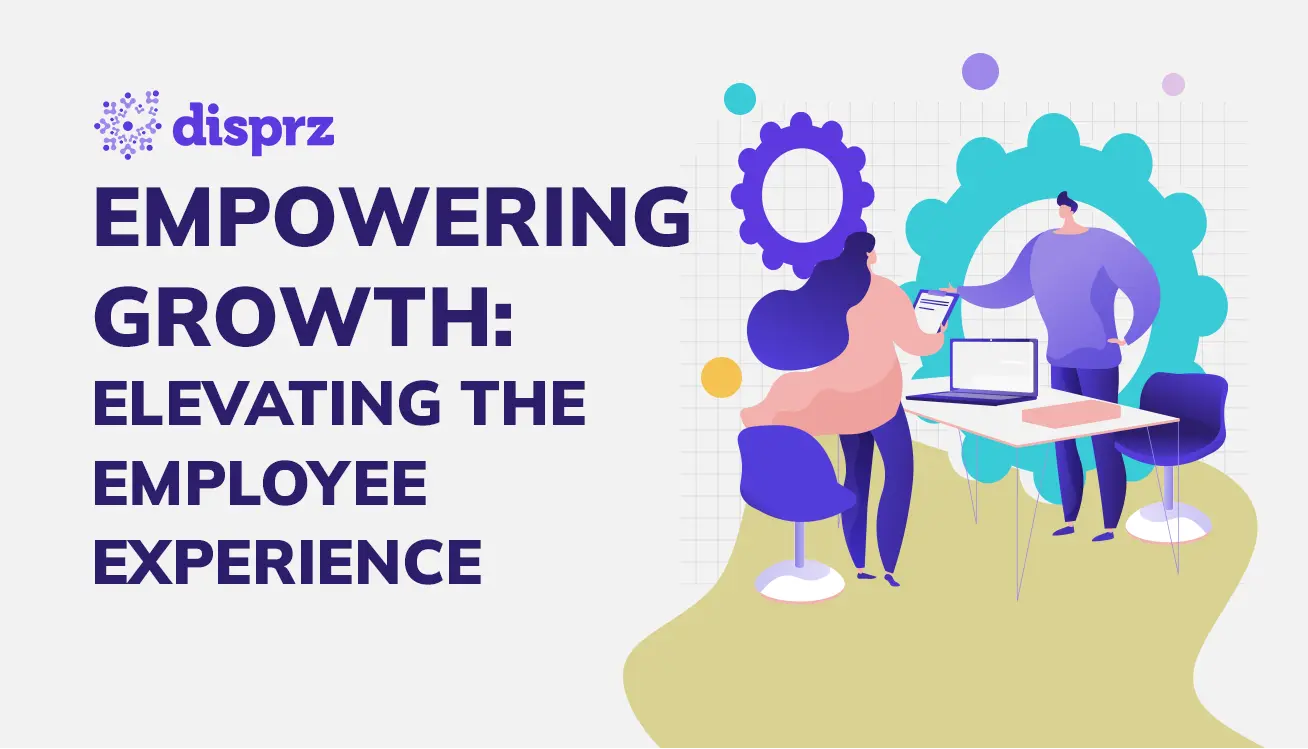-
Outcomes
Latest Blog Posts
 Essential Strategies for L&D Teams in Today’s Workplace by Cultivating Diversity and Inclusion
Essential Strategies for L&D Teams in Today’s Workplace by Cultivating Diversity and Inclusion -
Products
ProductsLatest Blog Posts
 Essential Strategies for L&D Teams in Today’s Workplace by Cultivating Diversity and Inclusion
Essential Strategies for L&D Teams in Today’s Workplace by Cultivating Diversity and Inclusion -
Customers
Latest Blog Posts
 Essential Strategies for L&D Teams in Today’s Workplace by Cultivating Diversity and Inclusion
Essential Strategies for L&D Teams in Today’s Workplace by Cultivating Diversity and Inclusion -
Resources
Latest Blog Posts
 Essential Strategies for L&D Teams in Today’s Workplace by Cultivating Diversity and Inclusion
Essential Strategies for L&D Teams in Today’s Workplace by Cultivating Diversity and Inclusion -
Company
Latest Blog Posts
 Essential Strategies for L&D Teams in Today’s Workplace by Cultivating Diversity and Inclusion
Essential Strategies for L&D Teams in Today’s Workplace by Cultivating Diversity and Inclusion
-
eBookEmployee Upskilling - A Detailed Blueprint For Building A Skills-Driven Learning Culture
If you are an aspiring retailer or already in the business of retail selling, you would be aware of the two basic mantras of retail business – customer delight and sales maximization.
In today’s world of e-commerce, retail businesses tend to grow their customer base and increase sales by way of advertising, promotions and offers. Although these are all effective ways to grow a business, there is another worthwhile strategy that can significantly boost the growth of your retail business, and the strategy is known as upselling.
Upselling is a sales strategy that you can employ to convince your customers to buy the premium variant of their initially intended product. In other words, as a retailer, you use the upselling technique in such a way that the customers gladly increase their cart value while you achieve increased conversions and sales. This article will go deep into upselling and discussing what upselling is, its importance in the retail business today, the factors that you should consider while upselling, and some of the best upselling techniques in vogue nowadays.
Upselling and its importance in a business
Let us discuss upselling in detail. An upsell is a technique in which you motivate your customer to purchase expensive products, resulting in higher sales for you. Typically, you can upsell by offering upgrades or providing other add-ons to their purchase to increase the monetary value of their purchase.
Now, why is upselling so crucial out of many available marketing strategies? Let me share the findings of the research conducted by Prince Intelligently that covered more than 10,000 blogs and evaluated the impact of various levers on a company’s bottom line. The study reveals that acquisition, monetization, and retention are the most significant growth levers for any retailer. Even out of the three, existing customers’ monetization steals the show with an astounding 12.7% return on just a 1% increase, i.e., 1% improvement in monetization resulted in a 12.7% increase in the bottom line. The return on the other two levers, acquisition, and retention, stood at 3.3% and 6.7%, respectively.
Factors to be considered in upselling
By now, you must have realized that upselling is all about influencing shoppers to purchase more expensive products. Then why don’t we start implementing the strategy and boost our retail sales? It would help if you considered several factors before upselling, and for that, you need first to understand your customers and then their requirements. Here are some of the questions that can help you better understand the customer and improve your conversion.
Will the product serve the customer’s purpose?
Before you start thinking about upselling to a customer, you need to evaluate the customer’s situation to precisely understand his/her product requirement. The rule of thumb is to first assess whether or not the original product will serve the customer’s purpose and then try to identify a challenge or shortcoming of the product.
Once you have done that, propose an upgraded version of the product or upsell your customer a solution that helps in overcoming the problem. In this way, you will end up upselling while your customer will be happy with the purchase.
Is the product relevant to the customer’s original purchase?
The following important factor is product relevance. If you wish to taste any form of success, you must ensure that the upselling product is relevant to the customer’s original purchase.
For this purpose, you need to ask yourself whether or not your upselling product is similar to the customer’s initial choice. If the answer is ‘yes’, then you will have a much better shot at upselling.
Is the product within the customer’s budget?
As a rule of thumb, you have to be aware of the customer’s budget and make sure that you don’t offer them an upsell that is way more expensive than the customer’s initial selection. For this, you need to assess the customer’s financial position and inclination for a costly product variant. Although it is not an easy task, you need to consider, identify and make an informed pitch. For instance, a customer looking for a $20,000 sedan may not be interested in an upsell of a $60,000 sports car. However, the customer may be interested in an upsell of a $25,000 sedan. So, it is essential to align the upsell with the customer’s budget.
Four Different Upselling Techniques to try in store
Now that you know about the factors to be considered while upselling let us look at the upselling techniques in vogue.
Bundle products to offer added value
The first upselling technique involves bundling together several products. The underlying logic should be that the bundled products are related and make sense to the customer. By bundling the products, you will be building around the customer’s original requirement to offer a value proposition that suits the customer’s requirement.
Typically, individual products are priced higher on their own, and the clubbing brings the overall price down, which is especially attractive for the customer looking for a bargain. On the other hand, you as a retailer end up with more sales. For instance, Microsoft Office 365 is an example of a bundled product wherein you get Word, PowerPoint, Excel, Access, Outlook, Publisher, and OneNote for one price.
Incentivize customers to boost sales
The following upselling technique discusses how incentivizing customers to buy more is a powerful sales strategy. In other words, you need to offer the customers enough monetary benefits to make them spend more in your store. Supermarkets often use this technique to give customers loyalty or reward points that the customers can redeem in the future, and apparently, it works well. The customers seem willing to spend an extra bit to gather more points. For instance, Starbucks runs a reward program in which the customers earn points on each purchase, and later, they can redeem these points for free drinks, food, birthday surprise, etc.
Offer a guarantee to abate customer hesitation
If there is a great deal in the offering, some customers become apprehensive if the offer is too good to be true. This feeling becomes stronger if the product is costly. You need to realize that most customers want peace of mind while purchasing a product. Hence, it is crucial that you need to show them that you are on their side. Offering such a guarantee is through extended warranties that can essentially reduce the customer’s hesitation.
Host in-store events to induce customer interest
The last upselling technique that we will discuss is hosting in-store events, such as free demonstrations or tutorials, that help induce customers’ interest in your store’s products. These events allow your customers to interact with your products, which increases the probability of them buying more products. For instance, Mothercare, a global retailer for new and expecting families, offers its customers the chance to attend in-store classes where they interact with experts and learn valuable motherhood tricks. This strategy helps Mothercare increase its in-store foot traffic, thus increasing the possibility of upselling.
Conclusion
Before we close, let us look at some of the other companies that also engage in upselling as it is becoming the new rule of retail selling.
- Booking.com is a force to reckon in the competitive world of travel and hospitality assistance. As you use its search engine for hotels, you will find upsell options besides the budget rooms.
- Amazon is the leading e-commerce company globally, and it is no wonder that they are excellent at upselling. Whenever you browse for any product category, you will always get upsell options on the side.
- Dell was one of the first computer brands that introduced the “Help Me Choose” feature that helps in furnishing truly customized recommendations for the customers based on the information provided by them. So, the customers are willing to pay more to get what they want.
So, you can see that effective upselling can be the ultimate link between you as a retailer and higher sales and, in turn, better profitability. It also allows you more flexibility and competitiveness in terms of pricing. However, you can only achieve effective execution of upselling techniques through proper training of your employees, and this is where our team at disprz comes into play with our ability to harness the power of Al to create a comprehensive, multifaceted retail training experience to train everybody from your entry-level employees to your C-level executives.
About the author

Debashree Patnaik
Debashree is a seasoned content strategist at Disprz.ai, specializing in enterprise learning and skilling. With diverse experience in B2B and B2C sectors, including ed tech, she leads the creation of our Purple papers, driving thought leadership. Her focus on generative AI, skilling, and learning reflects her commitment to innovation. With over 6 years of content management expertise, Debashree holds a degree in Aeronautical Engineering and seamlessly combines technical knowledge with compelling storytelling to inspire change and drive engagement.
More Resources
4 min read
• 15 Apr 2024
Unlocking the Power of Managerial Engagement in Talent Development
4 min read
• 09 Apr 2024
Nurturing Excellence in Building Leadership Pipelines
4 min read
• 09 Apr 2024
Improving “Employee Experience” For Organizational Growth
Sign up to get free resources and stay up to date with Disprz!
Discover how Disprz can align learning and upskilling with your desired business outcomes.





